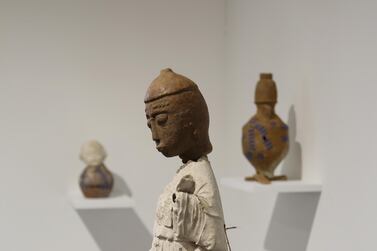Performance artist and activist Carlos Celdran has died at 46 years old, his wife announced on Tuesday.
In a Facebook post, Tesa Celdran wrote: “As the family is making arrangements to bring him home, no details can be announced yet. Only that he passed from natural causes.”
Celdran died in Madrid, where he had been living since January of this year.
Born in 1972, the Filipino artist started out as a cartoonist for a local newspaper at 14, and began working in performance art after studying at the Rhode Island School of Design in the US in the 1990s. He was most-known for his performance pieces and Manila “walking tours” that explored the colonial, architectural and political histories of the Philippines.
His move to Spain was prompted after the Philippine Supreme Court upheld a ruling that sentenced him to a maximum prison term of over 12 months for “offending religious feelings”.
The case goes back to September 2010, when he disrupted an ecumenical service at the Manila Cathedral as a form of protest Dressed up as the Philippines' national hero, Jose Rizal, Celdranholding up a sign that read "Damaso", a reference to a literary character in Rizal's novel Noli Me Tangere.
In 2013, a Manila court deemed the act unlawful and in violation of an anti-blasphemy law that dates back to 1930. He tried to appeal this decision to the Supreme Court, which denied his request in 2018. His longest-running and most popular work If These Walls Could Talk ran for 17 years. Described by the artist as "a performative experience in the guise of a walking tour" on his website, the piece featured a guided tour of Intramuros, a walled area that was once the seat of government for Spanish colonisers. During these walks, Celdran – dressed in costume – would sing, dance and expound on the unwritten, and often dark, histories of the walled city.
Celdran's work was also deeply political. His one-man show Livin' La Vida Imelda traces the life and lavish lifestyle of Imelda Marcos, wife of Philippine dictator Ferdinand Marcos, who became infamous for her collection of luxury shoes and jewellery bought through stolen public funds.
The show travelled to New York, where it was staged at the off-Broadway Clurman Theatre on Theatre Row. It has also shown in Toronto, Copenhagen and Penang.
After moving to Madrid, Celdran developed The Jose Rizal Walking Tour of Madrid, where he took visitors to the places that Rizal frequented during his years of study there. In true Celdran fashion, the tour offered more than just sightseeing, but shared insight into Rizal's life, his ideas and his writing, which helped drive the 1896 Philippine Revolution against Spanish colonial rule.







